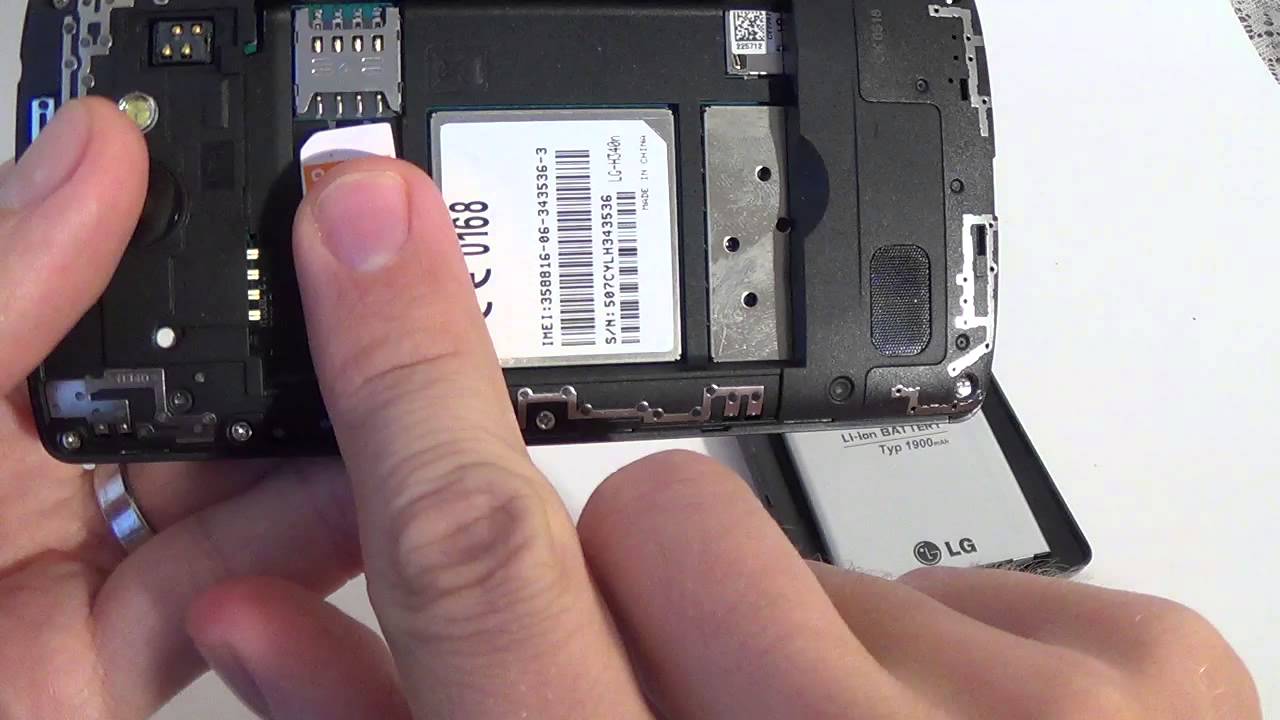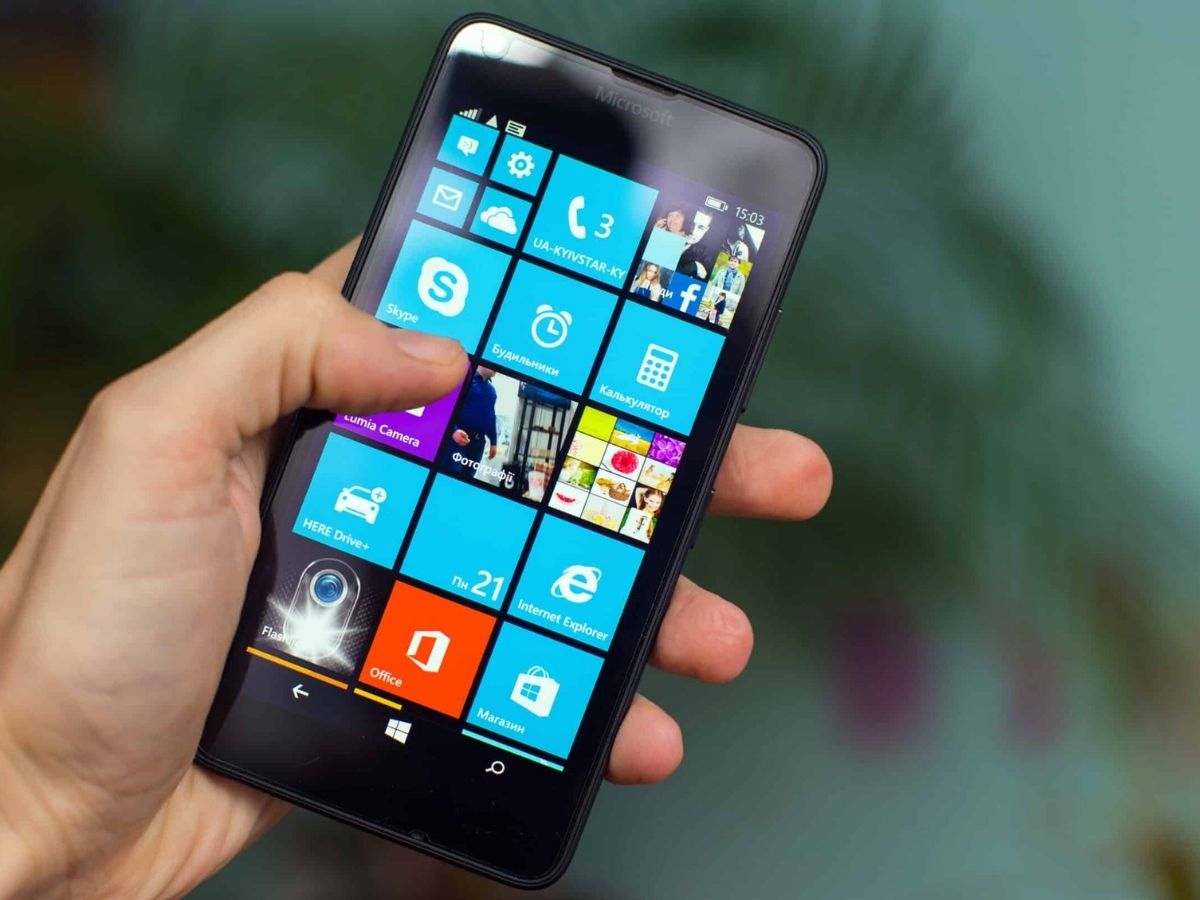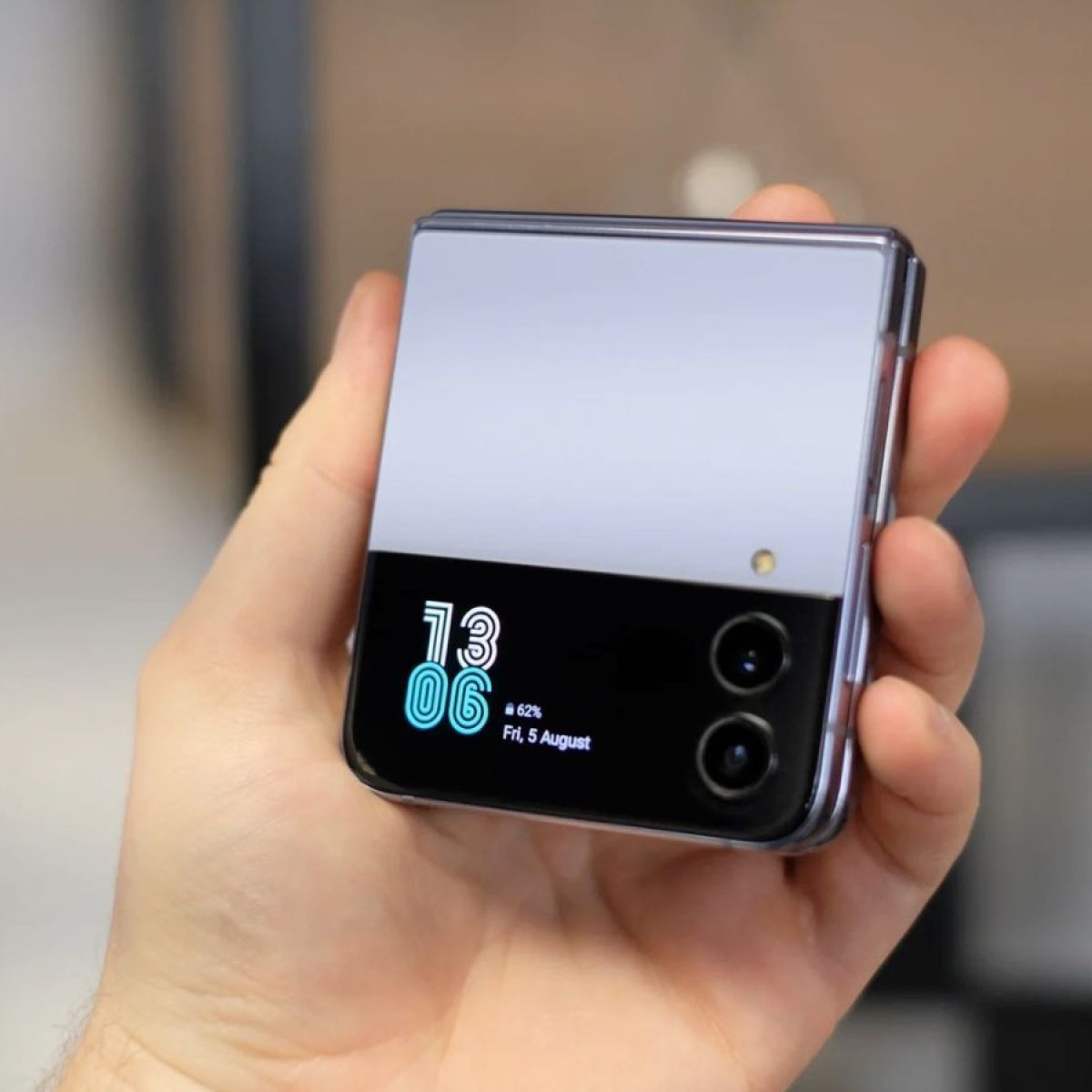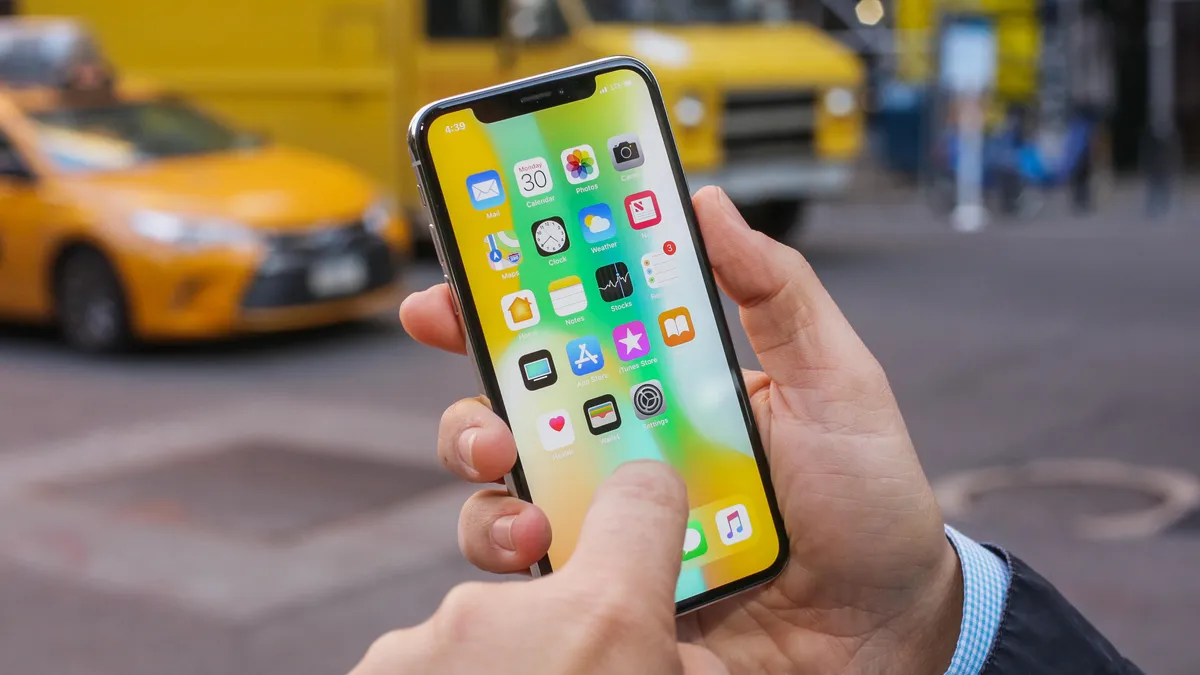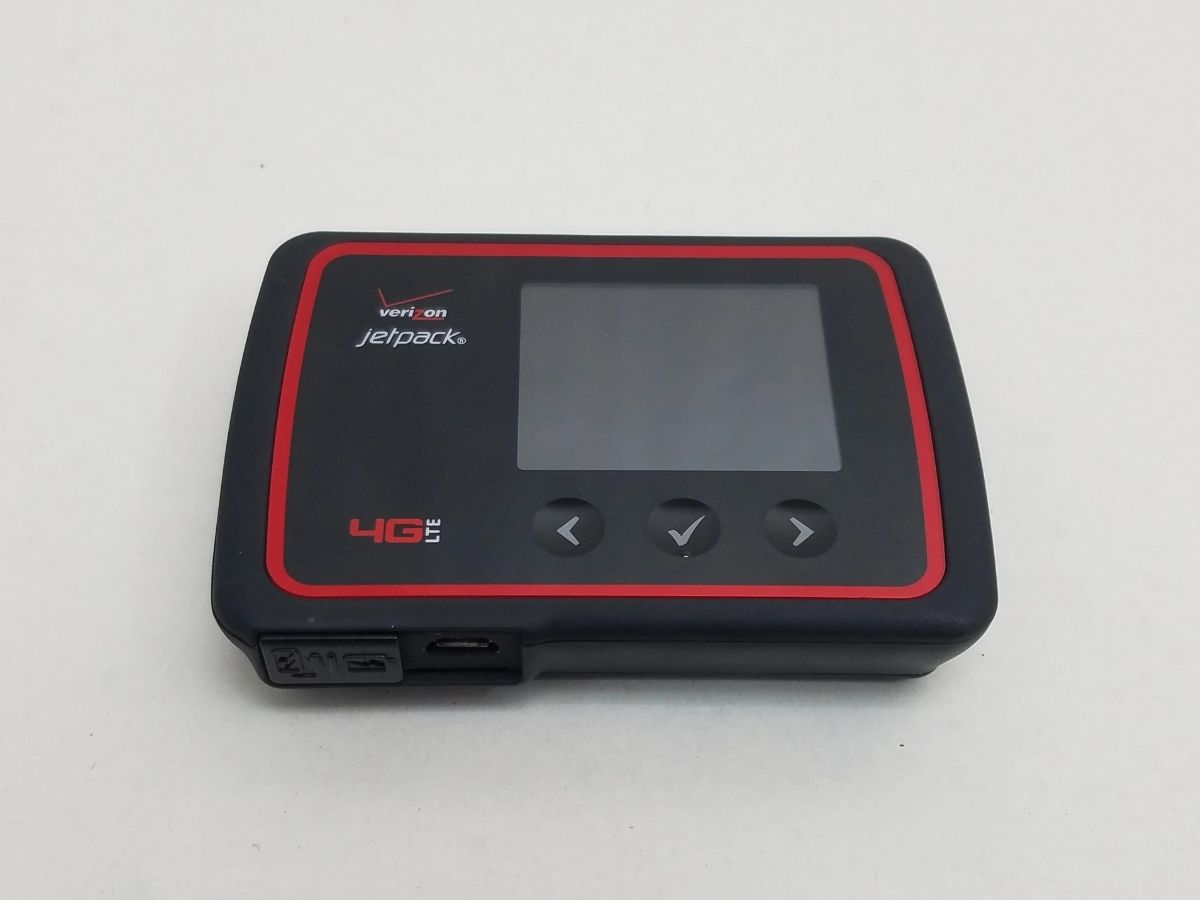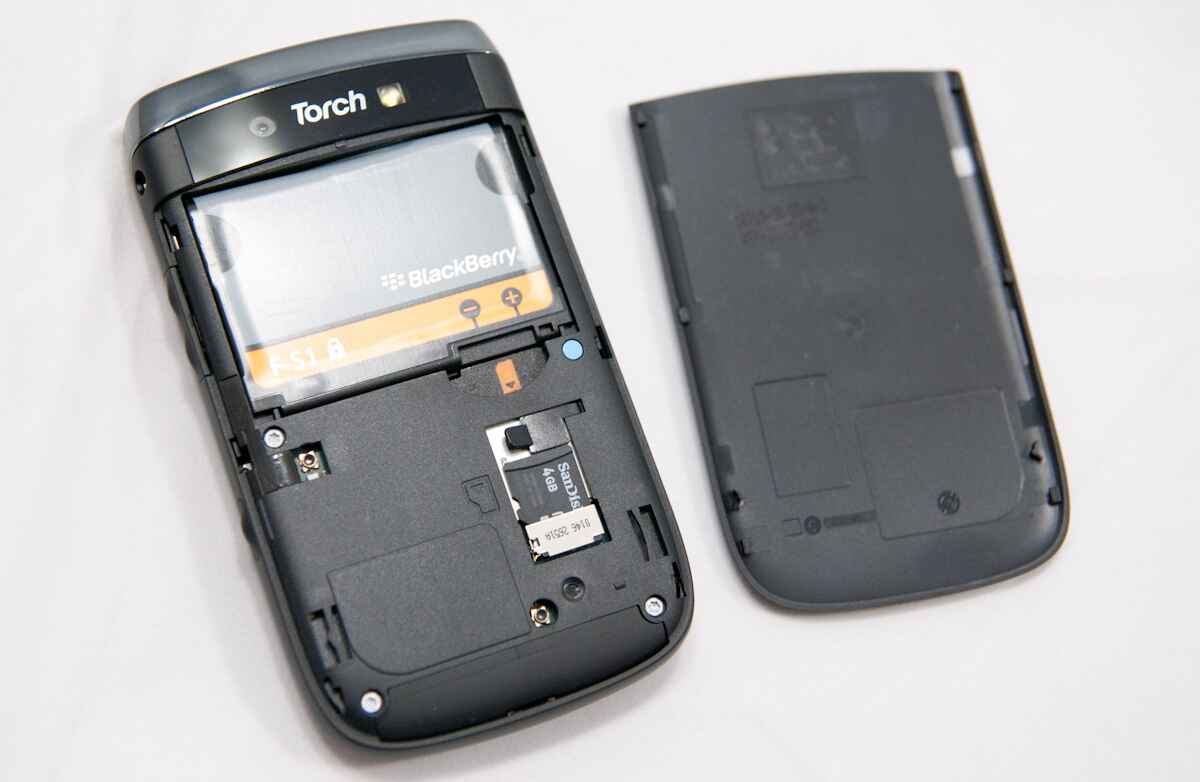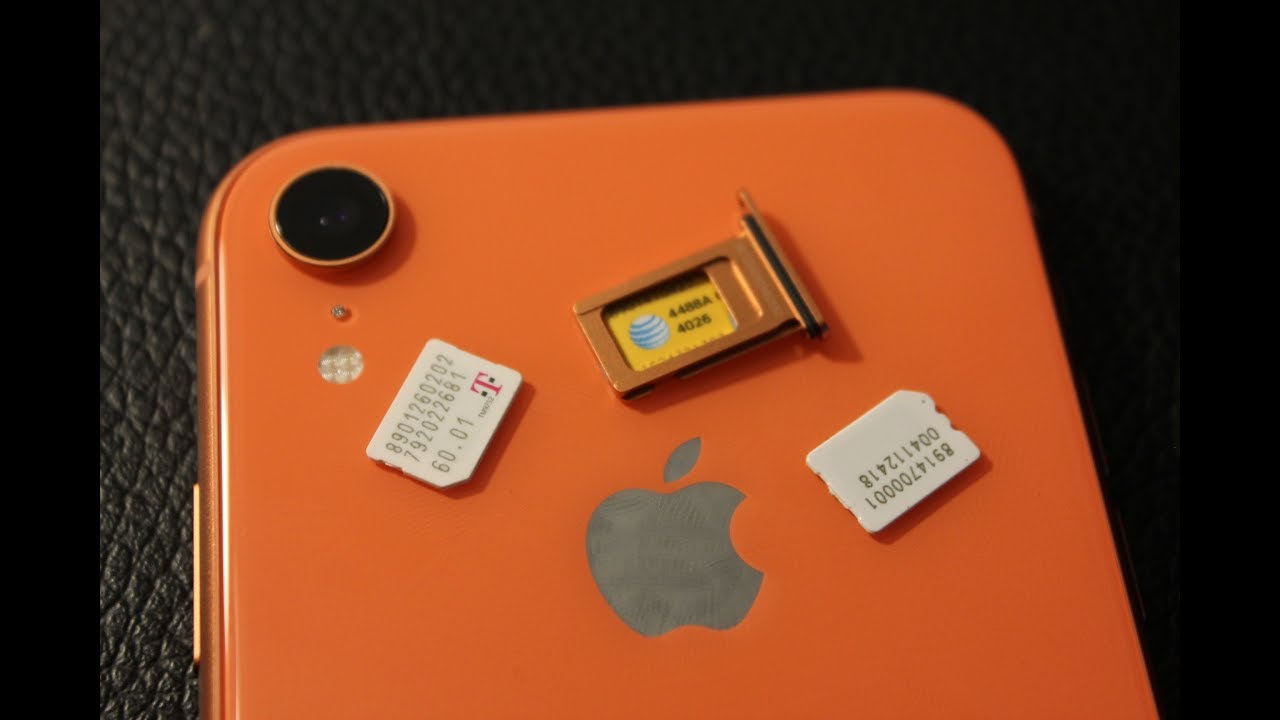Introduction
In today's fast-paced digital age, mobile devices have become an integral part of our daily lives. From staying connected with loved ones to accessing a myriad of apps and services, our smartphones have revolutionized the way we communicate and interact with the world. At the heart of this technological marvel lies a small yet powerful component known as the Subscriber Identity Module (SIM) card. This tiny chip plays a crucial role in enabling our devices to connect to cellular networks, allowing us to make calls, send text messages, and access mobile data.
The SIM card, often located beneath the back cover or in a dedicated tray on the side of the phone, serves as a unique identifier for our mobile devices. It contains essential information such as the mobile network operator, the user's phone number, and other pertinent data necessary for establishing a connection to the network. As such, the SIM card is indispensable for the functioning of our mobile devices, acting as a gateway to the digital realm.
While the SIM card is typically a steadfast component within our devices, there are instances when we may need to remove and reinsert it. Whether it's to troubleshoot network issues, switch devices, or replace a damaged SIM card, the act of removing and reinserting this tiny chip can have implications on the functionality and performance of our mobile devices. Understanding the effects of this process is crucial for maintaining the seamless operation of our smartphones and ensuring that we make informed decisions when handling our SIM cards.
In the following sections, we will delve into the intricate workings of the SIM card and explore the effects of both removing and reinserting it. By gaining insights into these effects, we can equip ourselves with the knowledge needed to navigate the realm of mobile devices with confidence and ease. Let's embark on this enlightening journey to uncover the impact of manipulating the SIM card within our devices.
What is a SIM Card?
A Subscriber Identity Module (SIM) card is a small, removable chip that is essential for the operation of mobile devices. It serves as a unique identifier for the device and is intricately linked to the user's mobile network subscription. The SIM card contains crucial information, including the International Mobile Subscriber Identity (IMSI), which is a unique number that identifies the user within the mobile network. Additionally, the SIM card holds the Integrated Circuit Card Identifier (ICCID), a unique serial number that distinguishes the SIM card itself.
The SIM card is designed to facilitate the authentication of the user on the mobile network, enabling access to voice, messaging, and data services. It also stores the user's phone number and other relevant data, such as contacts and text messages. This compact yet powerful component is typically inserted into a slot within the device, either beneath the back cover or in a dedicated tray on the side of the phone.
Furthermore, SIM cards come in various sizes, including the standard SIM, micro-SIM, and nano-SIM, to accommodate different device requirements. The evolution of SIM card technology has led to the development of embedded SIMs (eSIMs), which are integrated directly into the device's hardware, eliminating the need for a physical SIM card.
In essence, the SIM card acts as a bridge between the mobile device and the cellular network, allowing seamless communication and data connectivity. Its role in authenticating the user and enabling access to network services makes it a fundamental component of modern mobile technology. Understanding the significance of the SIM card provides insight into its pivotal role in the functioning of mobile devices and the broader landscape of telecommunications.
Effects of Removing Your SIM Card
Removing your SIM card can have several effects on your mobile device and its connectivity. Here are the key impacts to consider:
-
Disruption of Cellular Services: Once the SIM card is removed, your device loses its connection to the mobile network. This means that you won't be able to make or receive calls, send text messages, or access mobile data using your cellular network.
-
Loss of Mobile Identity: The SIM card contains crucial information that identifies your device within the mobile network. When it's removed, your device essentially loses its mobile identity, making it unable to authenticate and connect to the network.
-
Inaccessibility of Stored Contacts and Messages: Many users store their contacts and text messages on their SIM cards. When the SIM card is removed, access to these stored contacts and messages may be temporarily lost until the SIM card is reinserted.
-
Temporary Disconnection from Network-Dependent Services: Some mobile apps and services may rely on the SIM card for authentication and network connectivity. Removing the SIM card can lead to a temporary disconnection from these network-dependent services until the SIM card is reinserted.
-
Potential Network Registration Issues: When the SIM card is reinserted, the device needs to re-register with the mobile network. Depending on the network and device, this process may take some time, leading to a temporary disruption in network connectivity.
It's important to note that while removing the SIM card can cause these effects, they are generally temporary and can be resolved by reinserting the SIM card properly. Additionally, modern smartphones are designed to handle SIM card removal and reinsertion without long-term adverse effects on the device or the SIM card itself. However, it's always recommended to handle the SIM card with care and follow the manufacturer's guidelines when removing and reinserting it.
Understanding the effects of removing your SIM card empowers you to make informed decisions when dealing with your mobile device's connectivity. Whether it's troubleshooting network issues or switching devices, being aware of these effects allows you to navigate the process with confidence and minimal disruption to your mobile experience.
Effects of Reinserting Your SIM Card
Reinserting your SIM card after it has been removed can initiate several notable effects on your mobile device and its connectivity. Understanding these effects is crucial for comprehending the implications of the reinsertion process. Here are the key impacts to consider:
-
Restoration of Cellular Services: Upon reinserting the SIM card, your device re-establishes its connection to the mobile network, enabling you to regain the ability to make and receive calls, send text messages, and access mobile data using your cellular network. This restoration of essential communication services is a pivotal outcome of reinserting the SIM card, ensuring that your device is once again fully operational within the mobile network ecosystem.
-
Recovery of Mobile Identity: The reinsertion of the SIM card restores your device's mobile identity within the network. By providing the necessary authentication and identification information, the SIM card allows your device to seamlessly reconnect to the mobile network, ensuring that it can be recognized and authorized for network access.
-
Regained Access to Stored Contacts and Messages: For users who store their contacts and text messages on their SIM cards, reinserting the SIM card enables access to these stored data, ensuring that essential contact information and messages are once again available on the device. This restoration of access to stored data contributes to a seamless transition back to full device functionality.
-
Reconnection to Network-Dependent Services: Network-dependent mobile apps and services that rely on the SIM card for authentication and network connectivity can regain access to the network upon reinserting the SIM card. This reconnection ensures that these services, which may have been temporarily disrupted by the SIM card removal, are fully operational once the SIM card is reinserted.
-
Resolution of Network Registration Issues: After reinserting the SIM card, the device initiates the process of re-registering with the mobile network. This may involve a brief period during which the device establishes its network connectivity, ensuring that any potential registration issues are promptly resolved.
Understanding the effects of reinserting your SIM card provides valuable insights into the seamless restoration of your device's connectivity and functionality within the mobile network. By being aware of these effects, you can confidently navigate the process of reinserting your SIM card, ensuring minimal disruption and a swift return to full mobile device operation.
Tips for Removing and Reinserting Your SIM Card
When it comes to the delicate process of removing and reinserting your SIM card, following best practices can help ensure a smooth transition without causing any adverse effects on your mobile device or the SIM card itself. Here are essential tips to consider when handling your SIM card:
-
Power Off Your Device: Before removing or reinserting the SIM card, it's crucial to power off your device. This simple step helps prevent any potential damage to the SIM card or the device's SIM card slot, ensuring a safe and secure handling process.
-
Use Proper Tools: If your device requires a SIM card removal tool, such as a SIM ejector pin or a similar implement, be sure to use the designated tool provided by the manufacturer. Avoid using sharp or improvised objects to avoid damaging the SIM card or the device.
-
Handle with Care: When removing the SIM card, gently push the SIM card tray or access the SIM card slot according to the manufacturer's instructions. Handle the SIM card with care, avoiding excessive bending or touching the metal contacts.
-
Note the Orientation: Before removing the SIM card, take note of its orientation within the SIM card tray or slot. This ensures that you reinsert the SIM card correctly, aligning it with the designated position to prevent any insertion errors.
-
Inspect for Damage: Prior to reinsertion, carefully inspect the SIM card for any signs of damage, such as scratches, dents, or bent metal contacts. If the SIM card appears damaged, refrain from reinserting it and consider obtaining a replacement from your mobile network operator.
-
Align and Insert: When reinserting the SIM card, align it with the designated position within the SIM card tray or slot, ensuring a proper fit without forcing the card into place. Follow the manufacturer's guidelines to ensure a secure and accurate insertion.
-
Power On and Verify: After reinserting the SIM card, power on your device and verify that it recognizes the SIM card and establishes network connectivity. Check for the presence of cellular signal, access to mobile data, and the availability of stored contacts and messages.
-
Seek Professional Assistance if Needed: If you encounter any difficulties or uncertainties during the process of removing or reinserting your SIM card, consider seeking assistance from authorized service providers or the device manufacturer to ensure proper handling and resolution of any issues.
By adhering to these tips, you can navigate the process of removing and reinserting your SIM card with confidence and precision, ensuring that your mobile device maintains seamless connectivity and functionality within the mobile network ecosystem. Remember to exercise caution and patience when handling your SIM card, and always refer to the manufacturer's guidelines for specific instructions related to your device model.
Conclusion
In conclusion, the Subscriber Identity Module (SIM) card serves as a linchpin in the seamless operation of our mobile devices within the cellular network ecosystem. Its pivotal role in authenticating users, enabling network connectivity, and storing essential data underscores its significance in the realm of telecommunications. The process of removing and reinserting the SIM card, while potentially causing temporary disruptions, also showcases the resilience and adaptability of modern mobile devices in handling such maneuvers.
By gaining insights into the effects of removing and reinserting the SIM card, users can approach these actions with a deeper understanding of their implications. The temporary disruption of cellular services, loss of mobile identity, and inaccessibility of stored contacts and messages when removing the SIM card underscore the critical role it plays in device connectivity. Conversely, the restoration of cellular services, recovery of mobile identity, and regained access to stored data upon reinsertion highlight the seamless transition back to full device functionality.
Furthermore, adhering to best practices when handling the SIM card, such as powering off the device, using proper tools, and exercising care during removal and reinsertion, is paramount in ensuring a smooth and secure process. By following these guidelines, users can navigate the manipulation of the SIM card with confidence, safeguarding the integrity of both the device and the SIM card itself.
As the landscape of mobile technology continues to evolve, with advancements such as embedded SIMs (eSIMs) and the integration of SIM functionalities into devices, the fundamental role of the SIM card remains steadfast. Its ability to adapt to the changing needs of users while maintaining its core functionality exemplifies its resilience in the face of technological progress.
In essence, the effects of removing and reinserting the SIM card offer a glimpse into the intricate interplay between the SIM card, the mobile device, and the cellular network. Understanding these effects empowers users to make informed decisions when handling their SIM cards, ensuring minimal disruption and a seamless transition back to full device functionality. As we embrace the ever-evolving landscape of mobile devices, the humble SIM card stands as a testament to the enduring significance of a small yet indispensable component in our digital lives.









